Koalas are an iconic Australian animal — they are also so cute they could be mythical creatures. Maybe that’s why there are many popular myths about them. Below are the top five most popular myths about these fuzzy creatures.
Myth 1: Koalas are “drunk/high” on eucalyptus
This is possibly one of the most popular myths in the animal kingdom. In fact, if you start typing into google, “are koalas…” the first option is “are koalas high”!
The idea that we’re not the only species on the planet that gets intoxicated is gratifying. That this intemperate animal should be Australian resonates with the world view of Australia: a land of friendly, sozzled creatures lazing about in the sun. However, koalas are not drunk or high on eucalyptus! There is no alcohol in eucalyptus to intoxicate them. They do rest a lot, but it’s not due to a hangover!
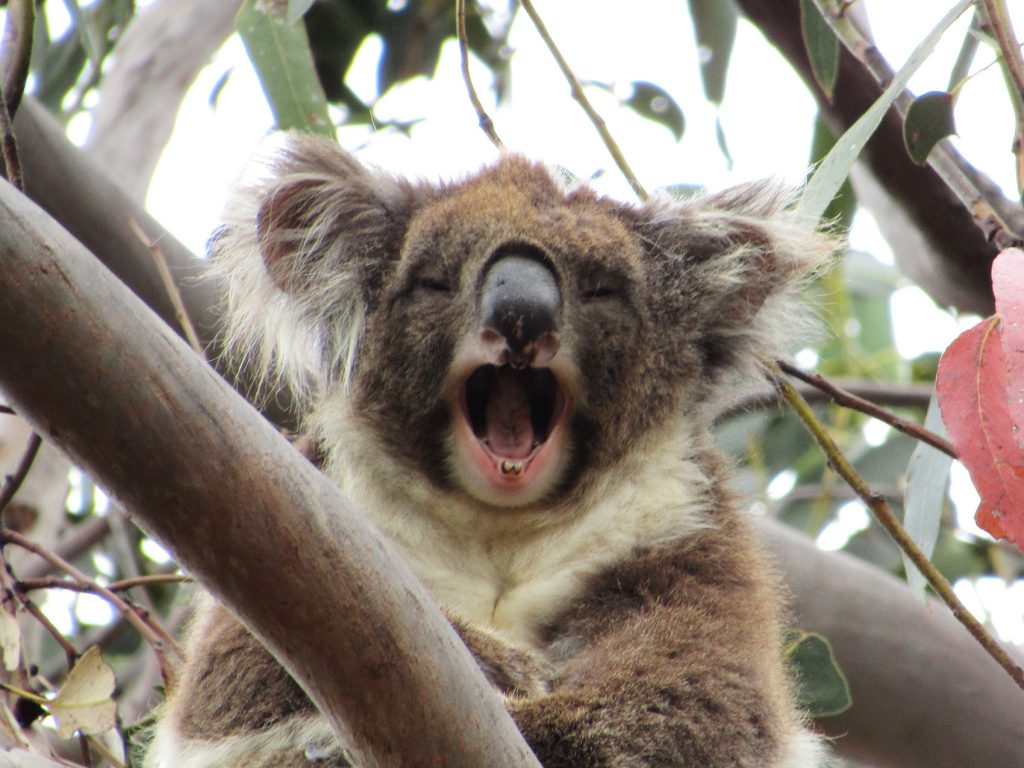
Myth 2: They only eat one type of gum-tree
So, these creatures live all over Australia, but only eat one tree? No wonder such a fussy animal is dying out!
However, this is not true. Koalas in the You Yangs near Melbourne have been recorded eating every one of the 15 species of eucalypt in the park. All over Australia, the gum-trees they eat number in the hundreds of species! See it for yourself!
This myth may have started from some early scientific research that showed that koalas have a high preference for certain species of eucalyptus in certain regions. That can be true in some places, but not in others. In the You Yangs, 34% of koala sightings are in River Red Gum Trees. The rest of the time, they are in Blue Gums, Yellow Gums, Ironbarks, Sugar Gums and many other types.
Myth 3: Koalas are slow
Researchers probably wish this were true. A koala can run on the ground at around 32km per hour. If frightened, they can leap up a tree in 2 metre bounds.
Koalas lead a slow lifestyle most of the time. They rest a lot due to the low nutrient value of their food, but when they move, they can be fast, agile and powerful.
Myth 4: Koalas are docile and love to be pet and cuddled
These cute creatures are still wild animals and like most wild animals, they prefer to have no contact with humans at all.
Two independent scientific studies: a 2014 University of Melbourne study (1) and a 2009 study (2), found that even captive koalas, born and raised in a zoo, experience stress when humans approached too close to them. In the wild, Echidna Walkabout Nature Tours have found that 10 metres is the closest you should ever be to a koala. Any closer, and the koala’s behavior changes — they stop resting or feeding and they stare nervously. Unfortunately for them, they look cute even when they are terrified.
Now an orphaned koala being raised by a wildlife carer may enjoy being pet by their carer. But all evidence suggests koalas do not enjoy being pet by strangers.
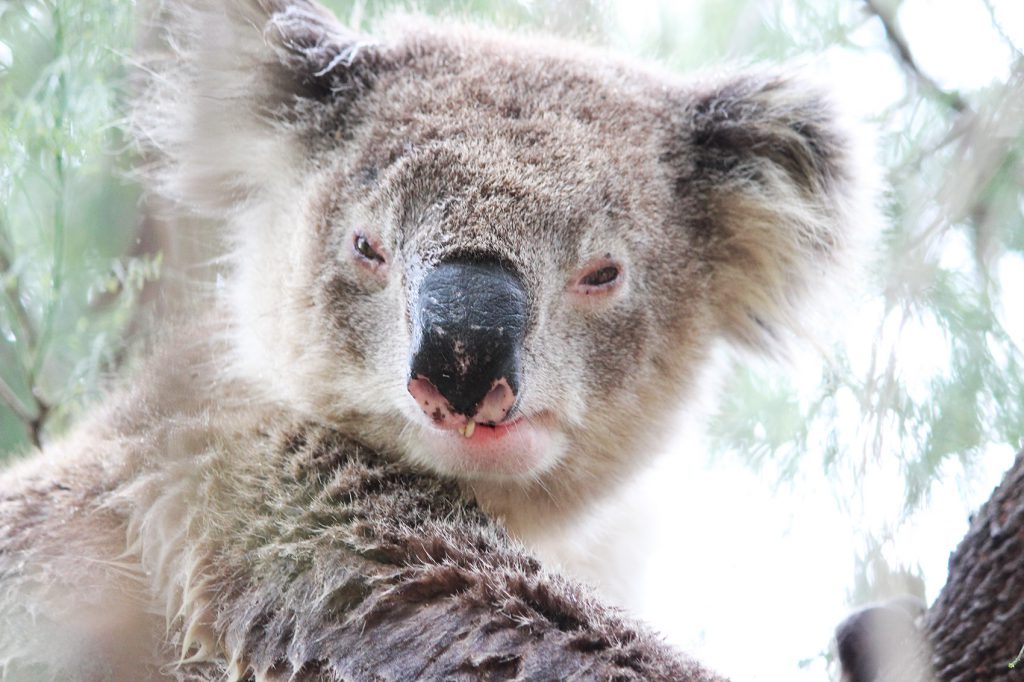
Myth 5: They are so numerous, they are hanging out of trees everywhere
This is not true. Wild koalas are declining at a rate of 53% in Queensland, 26% in the small remaining population of New South Wales and 14% in Victoria. That is why they are listed as “Vulnerable” (one step below endangered). The IUCN lists them as one of the 10 species worldwide most at risk from climate change (3).
This myth comes from two partial-truths — the first is historical: there was once a time when the animals were very plentiful across their range. However, that time is long gone. The other partial-truth is that there are five to six small pockets in southern Victoria and South Australia where koalas are overabundant (4), for reasons that are not understood. These populations receive a lot of media and research attention, which makes them seem larger than they are.
This is why Australians are getting behind Wild Koalas Day on May 3rd. Wild Koala Day is about connecting koalas with habitat protection. If we are all to enjoy koalas, we need them to survive in the wild, not just in captivity. Act now to save them! On Wild Koala Day, May 3rd, plant a tree, protect the forest and phone a politician!
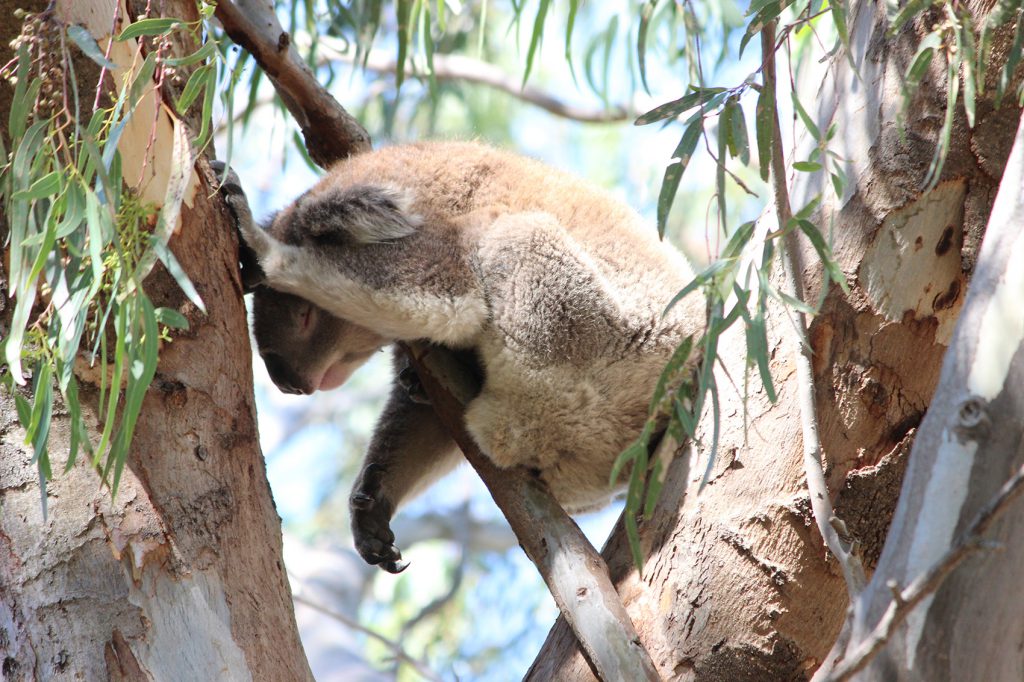
References
(1) https://theconversation.com/how-many-visitors-can-a-koala-bear-not-many-it-seems-26970
(2) https://journals.plos.org/plosone/article?id=10.1371/journal.pone.0007378
(3) https://www.iucn.org/content/species-climate-change-hit-list-named
(4) The 5-6 overabundant koala populations:
- Cape Otway/Great Ocean Road, VIC
- Raymond Island, East Gippsland VIC
- Portland/south western VIC
- Kangaroo Island, SA
- Adelaide Hills/Mt Lofty Ranges, SA
- French Island, VIC

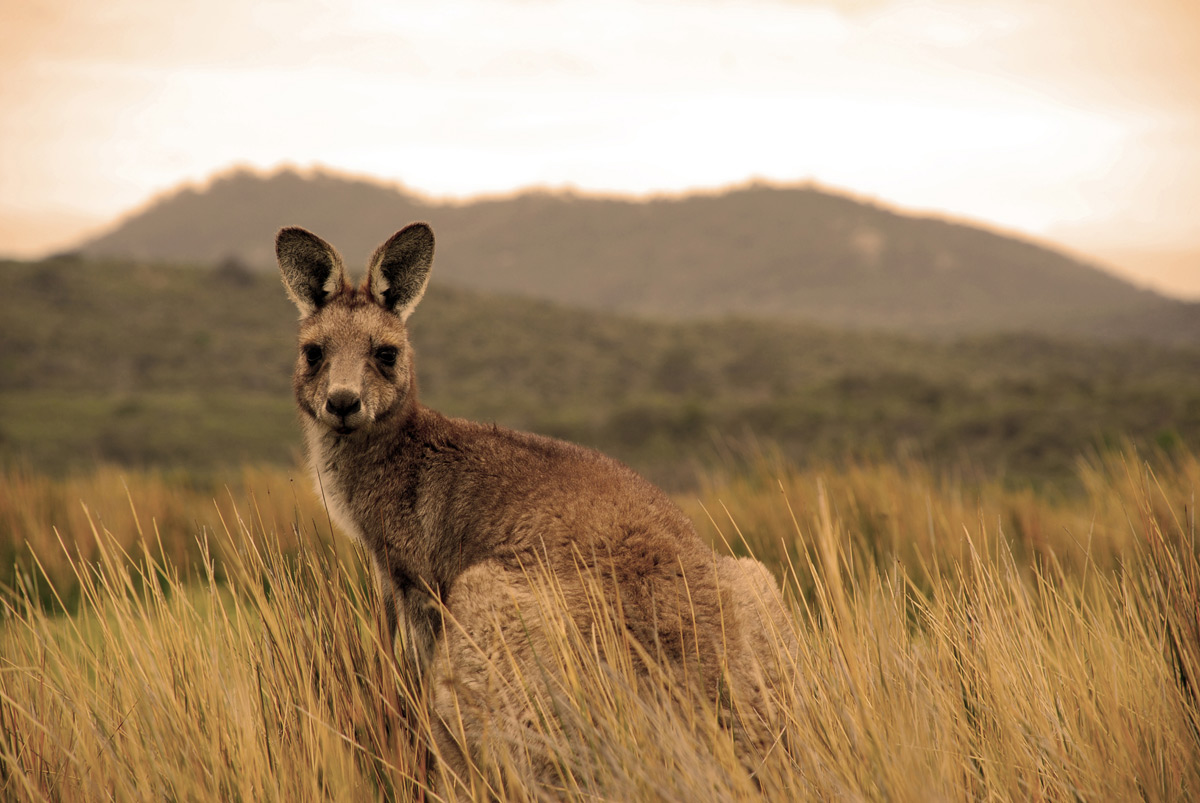
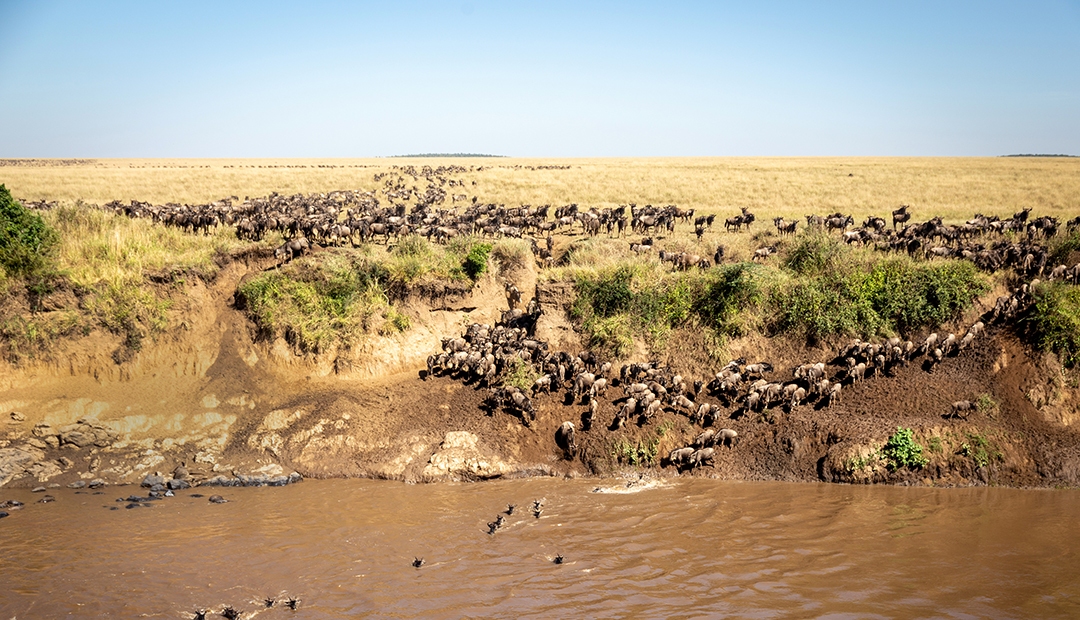

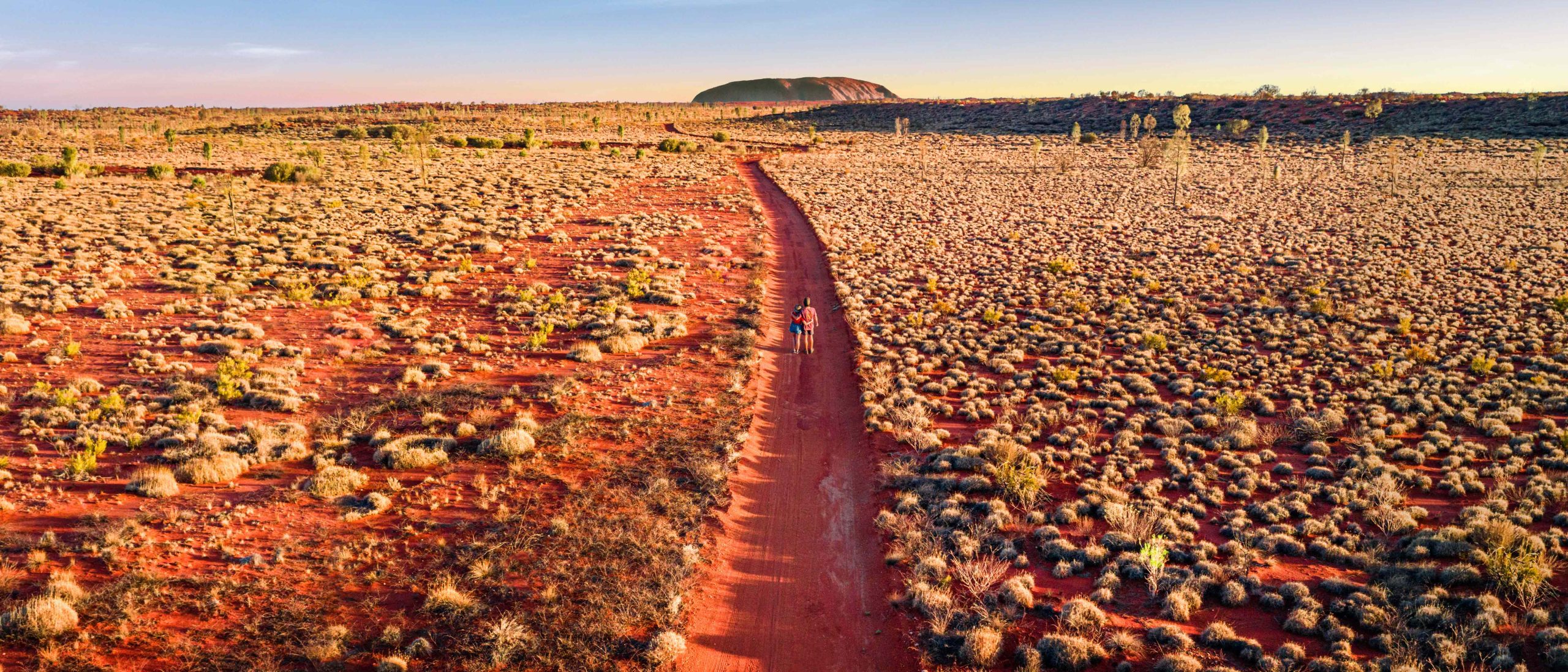

2 Comments
Chris
June 13, 2020 at 7:39 amSuper nice article! Thanks 🙂
Philip Owino
July 16, 2020 at 3:39 pmThere are very few predators in Australia. Are there numbers declining because of man?